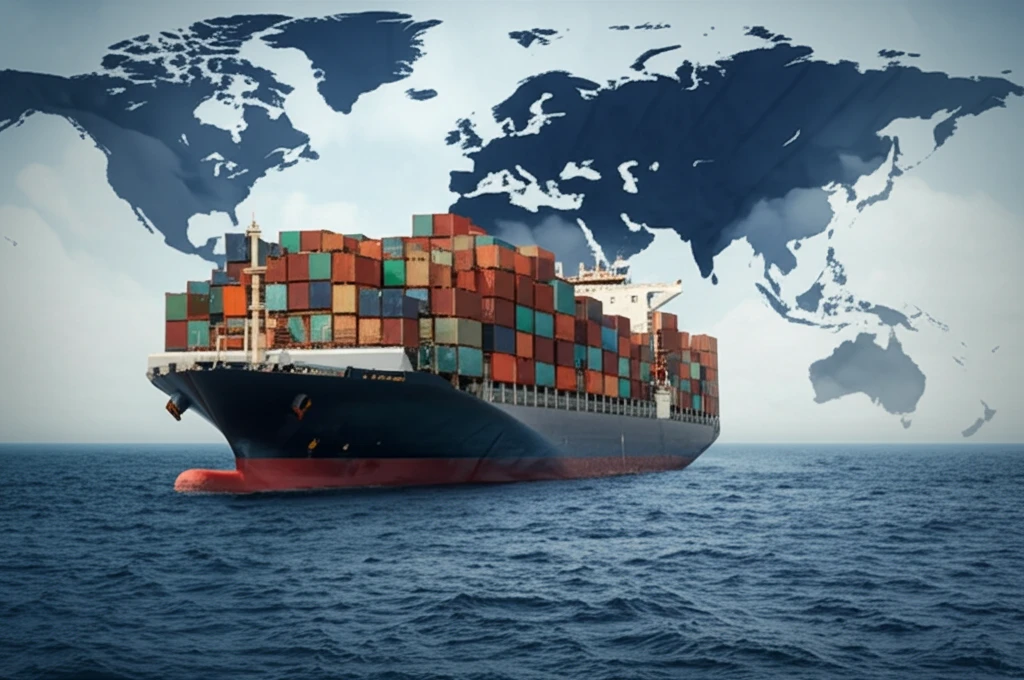
Shipping Industry Shake-Up: How Mergers Are Redefining Global Trade
"Explore the past, present, and future of mergers in the container shipping industry and what it means for global trade, supply chains, and consumers."
Container shipping is the backbone of global trade, moving goods across the world's oceans and connecting economies. But beneath the surface of this massive industry, a wave of mergers and acquisitions has been quietly reshaping the landscape. Understanding these mergers is crucial because they impact everything from shipping costs to the availability of goods on store shelves.
A new study has analyzed these mergers, focusing on the period from 1966 to 2022. This research digs into the factors that drive these mergers, such as the size of shipping firms, their age, and their location. By understanding these trends, we can gain insights into the future of the container shipping industry and its impact on global commerce.
This isn't just about business deals and corporate strategies; it's about how our world is connected and how goods get from one place to another. So, let's explore the forces driving these changes and what they mean for businesses and consumers alike.
The Merger Wave: Why Shipping Companies Are Joining Forces

The container shipping industry has seen several waves of mergers, each driven by different factors. The first wave followed the Shipping Act of 1984, which changed how shipping companies could operate. Later waves occurred after 2005, coinciding with a boom in the volume of goods being shipped and increased competition.
- Firm Size: Larger companies can achieve economies of scale, reducing costs and increasing efficiency.
- Firm Age: Older companies may have established networks and experience, making them attractive merger targets.
- Geographic Location: Companies may merge to expand their reach into new markets or consolidate their presence in existing ones.
What Does This Mean for the Future of Shipping?
The container shipping industry is constantly evolving, and mergers are a key part of that evolution. By understanding the forces driving these mergers, we can better anticipate future changes and their impact on global trade. Whether you're a business owner, a consumer, or simply someone interested in how the world works, keeping an eye on these trends is essential for navigating the complexities of the global economy.
